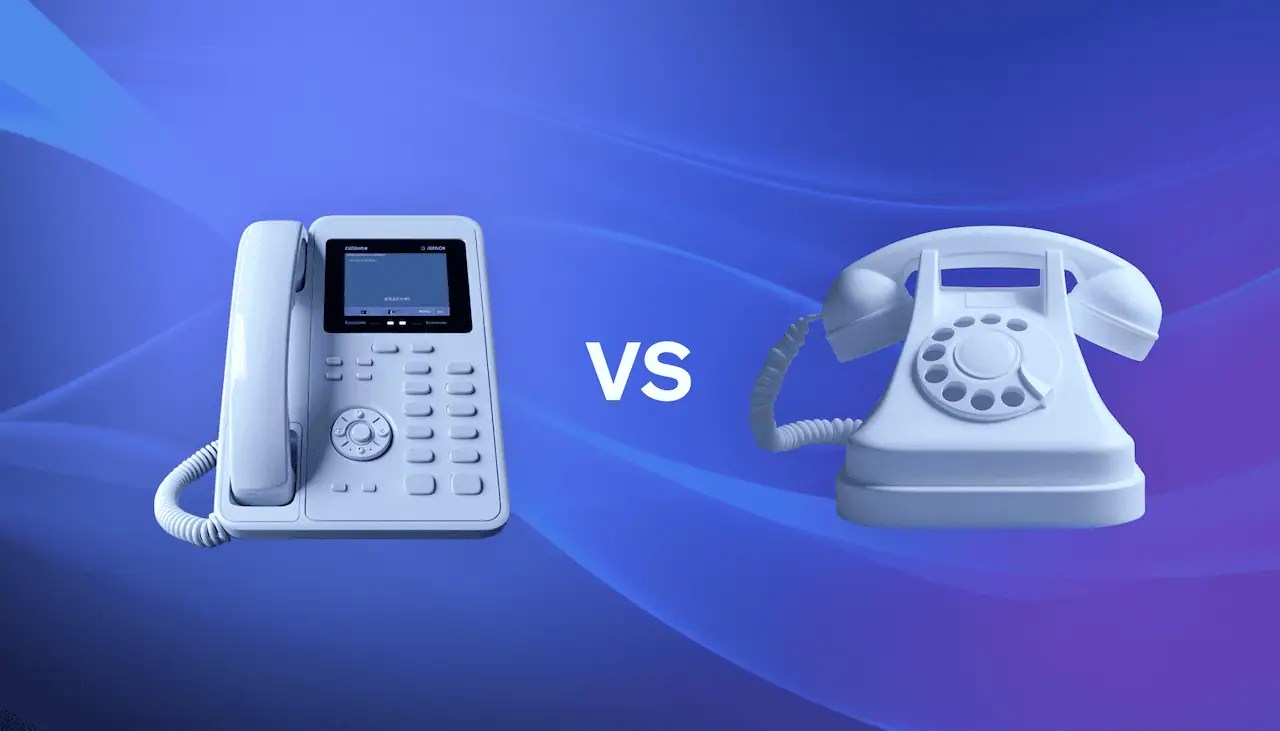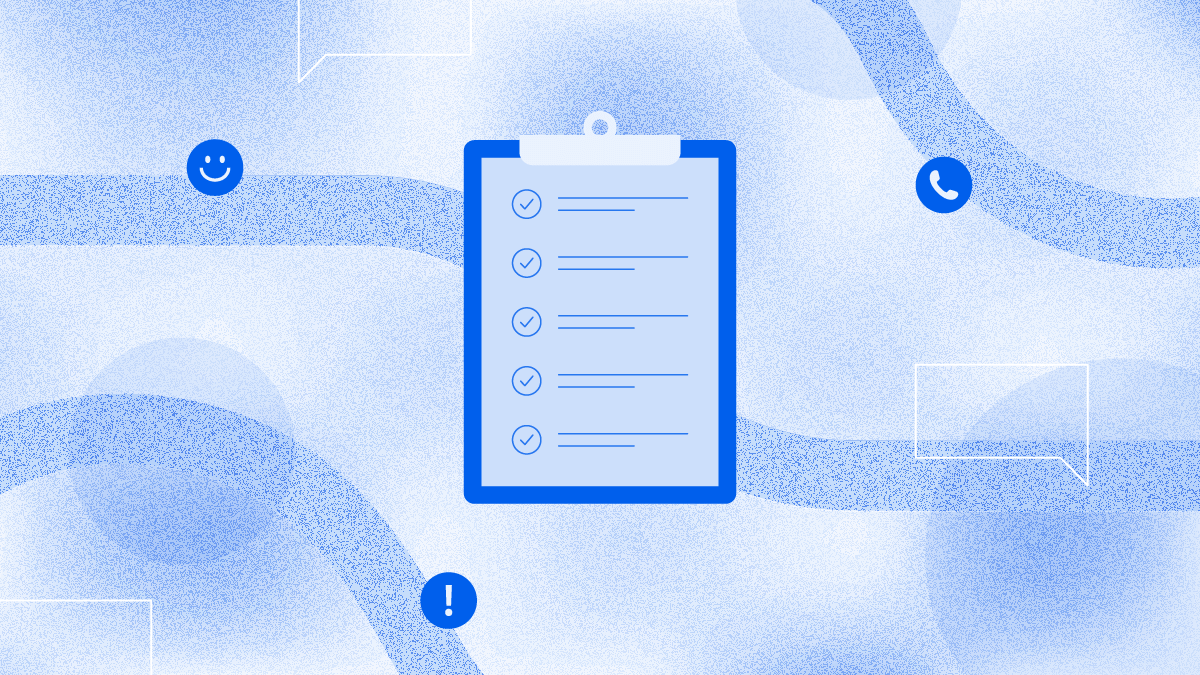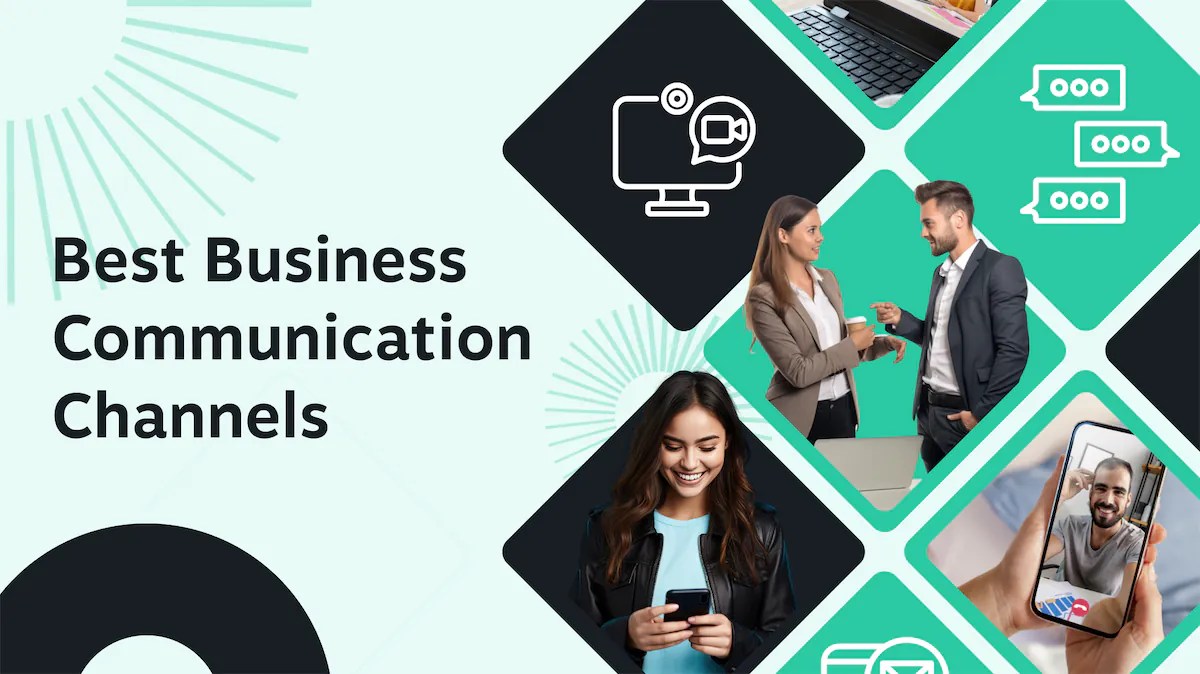👉 Businesses up to 100 employees: Get up to 4 months free when you switch.
Nextiva Blog
Expert-backed resources on everything you need to acquire, retain, and grow your customers.
Our latest posts
 Customer Experience
Customer Experience

Actionable strategies to deliver memorable experience every time. Follow our guides to elevate your customer experience to retain more and grow faster.
 Productivity
Productivity

These no-fluff guides go deep into ways to maximize your time to get more done — simple as that. Apply these actionable tips to unlock even more success.
 VoIP
VoIP

As the leader in Voice over Internet Protocol (VoIP), Nextiva has everything you’ve ever wanted to know, including phones, technical guides, and more.
Valuable Resources for Your Success
PLATFORM WORTH
BETTING ON
Consolidating Platforms: How to Rethink Your Contact Center Tech Stack


Katherine Stone
CX Analyst
Top Strategies for Unified Customer Experience Management


Ben Kirchner
Senior Manager, Product Marketing, Nextiva
ACHIEVE
INSPIRE
 Marketing & Sales
Marketing & Sales

Grow awareness, build interest, and close more sales. No-fluff marketing and sales advice to generate leads and collect more revenue from experts.
 Leadership
Leadership

Help your team perform their best with battle-tested leadership skills. These guides offer practical advice and research on how to increase performance.
 Business Communication
Business Communication

Level up your knowledge with business communication tips and examples to improve performance. Optimize your team and customer interactions.
 Nextiva News
Nextiva News
Follow the latest Nextiva product updates and inside perspectives on Unified-CXM. For company announcements, visit Nextiva Company News.
More from Nextiva
10 Top Dialpad Alternatives & Competitors in 2025
How Much Does VoIP Cost? A Pricing Guide
AI CX Strategy: How to Personalize & Scale It in 2025
How to Grow Your Revenue With Sales Call Reporting
How to Get the Best SIP Trunk Pricing for Your Business
Videos





Experience the power of
Nextiva’s Unified-CXM Platform
Explore our on-demand demos to learn how you can create amazing customer experiences.

















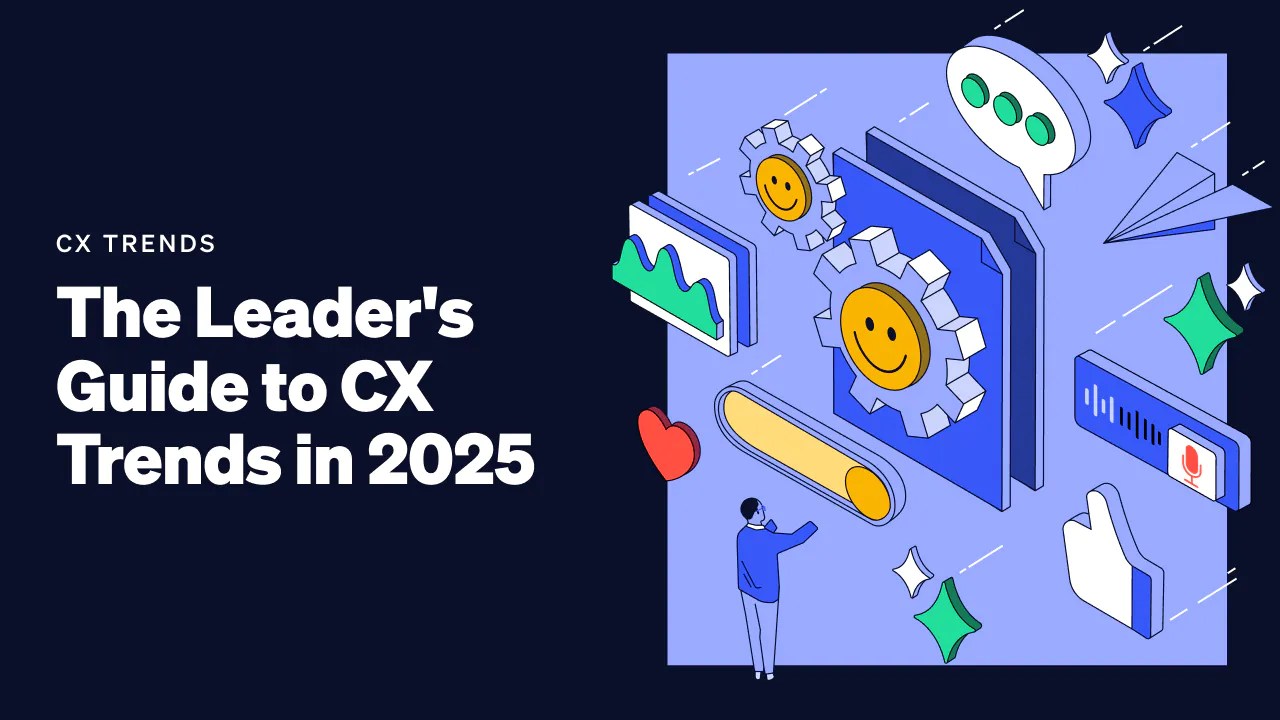
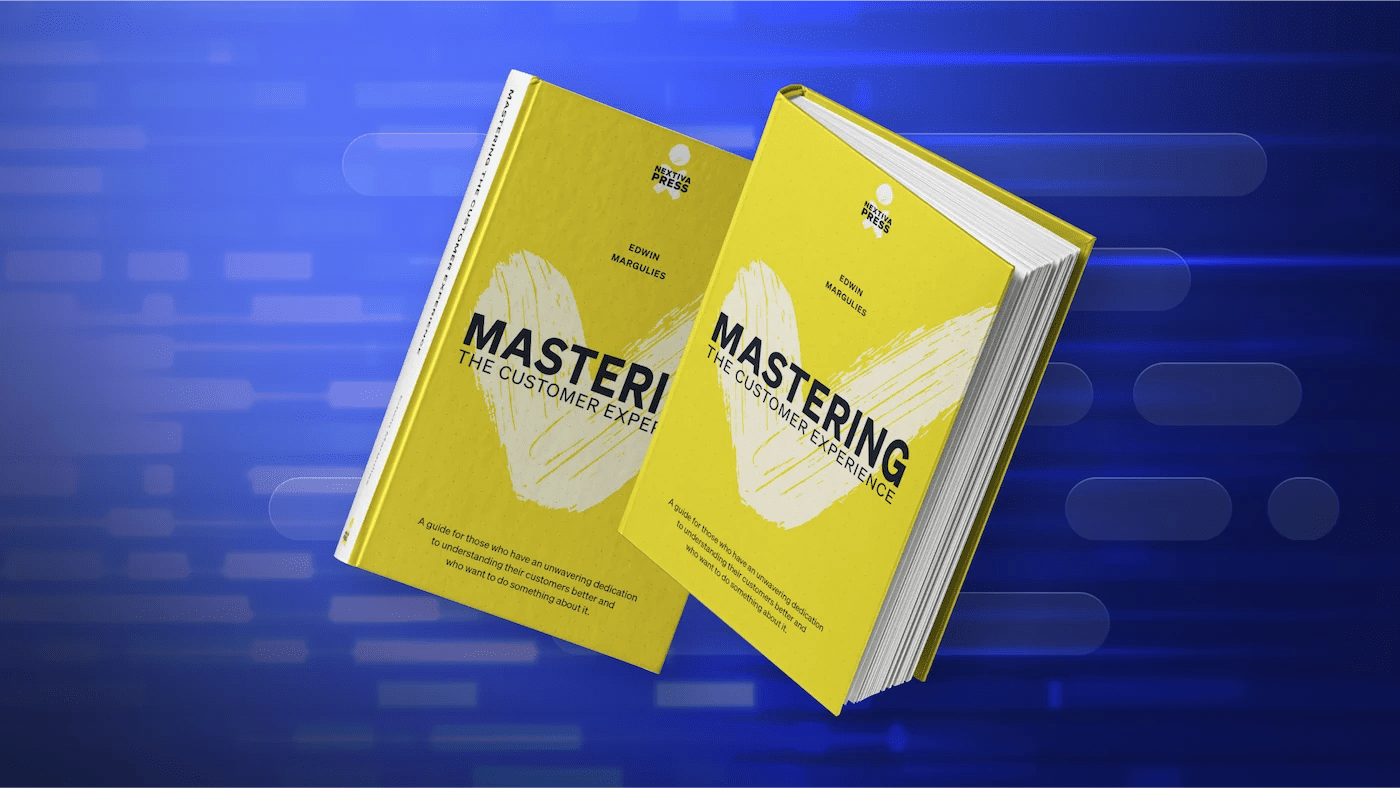
![10 Best Call Center Software [With Features]](https://www.nextiva.com/cdn-cgi/image/width=1300,height=732,fit=cover,gravity=auto,format=auto/blog/wp-content/uploads/sites/10/2024/08/call-center-software.webp)

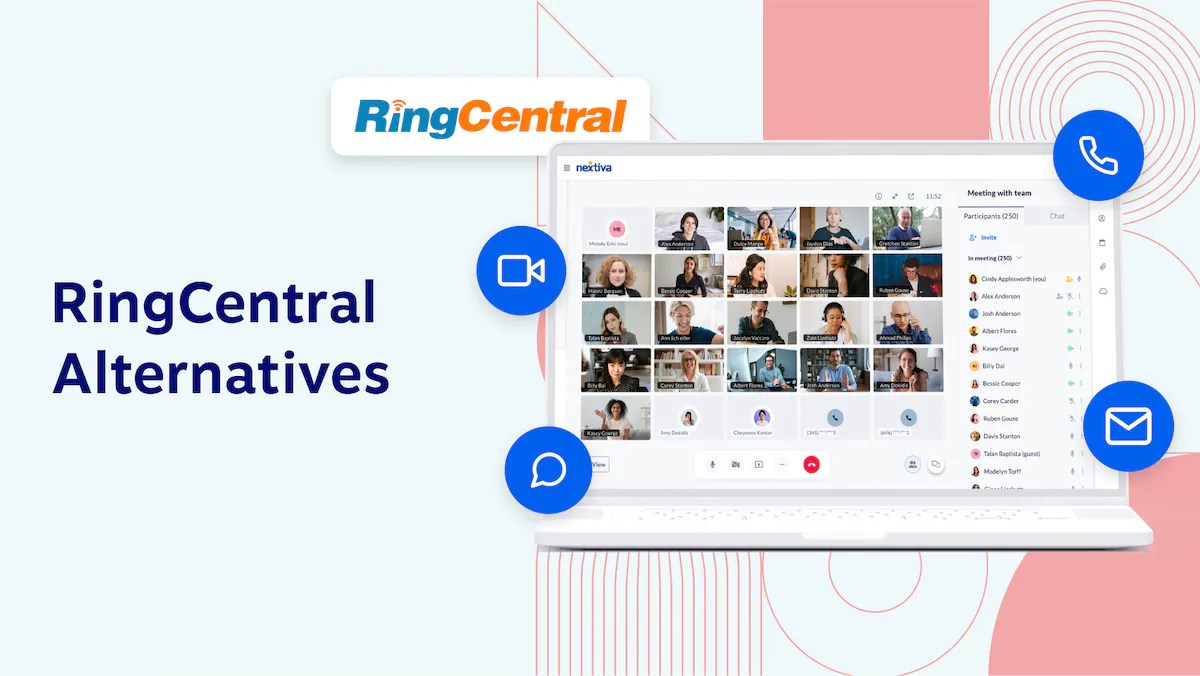










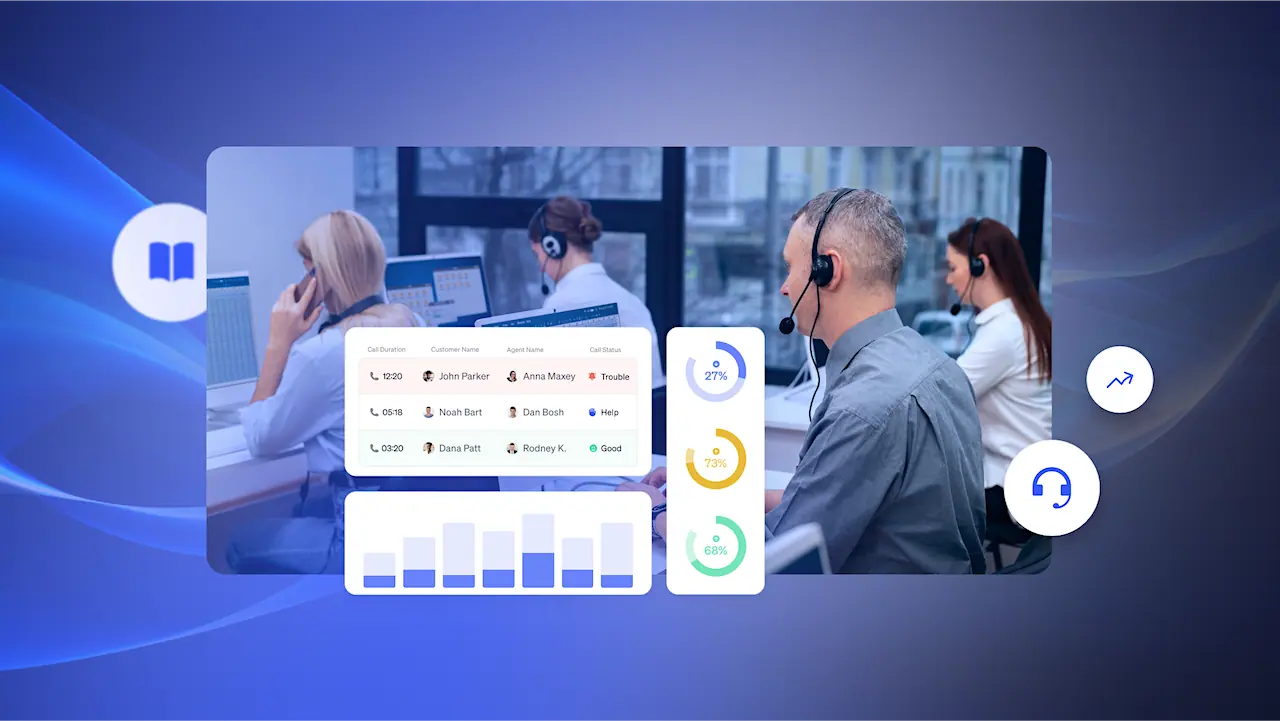
![Five9 vs. NICE CXone: A Detailed Comparison [2025 Guide]](https://www.nextiva.com/cdn-cgi/image/width=1200,height=676,fit=cover,gravity=auto,format=auto/blog/wp-content/uploads/sites/10/2024/04/five9-vs-nice-incontact.webp)
